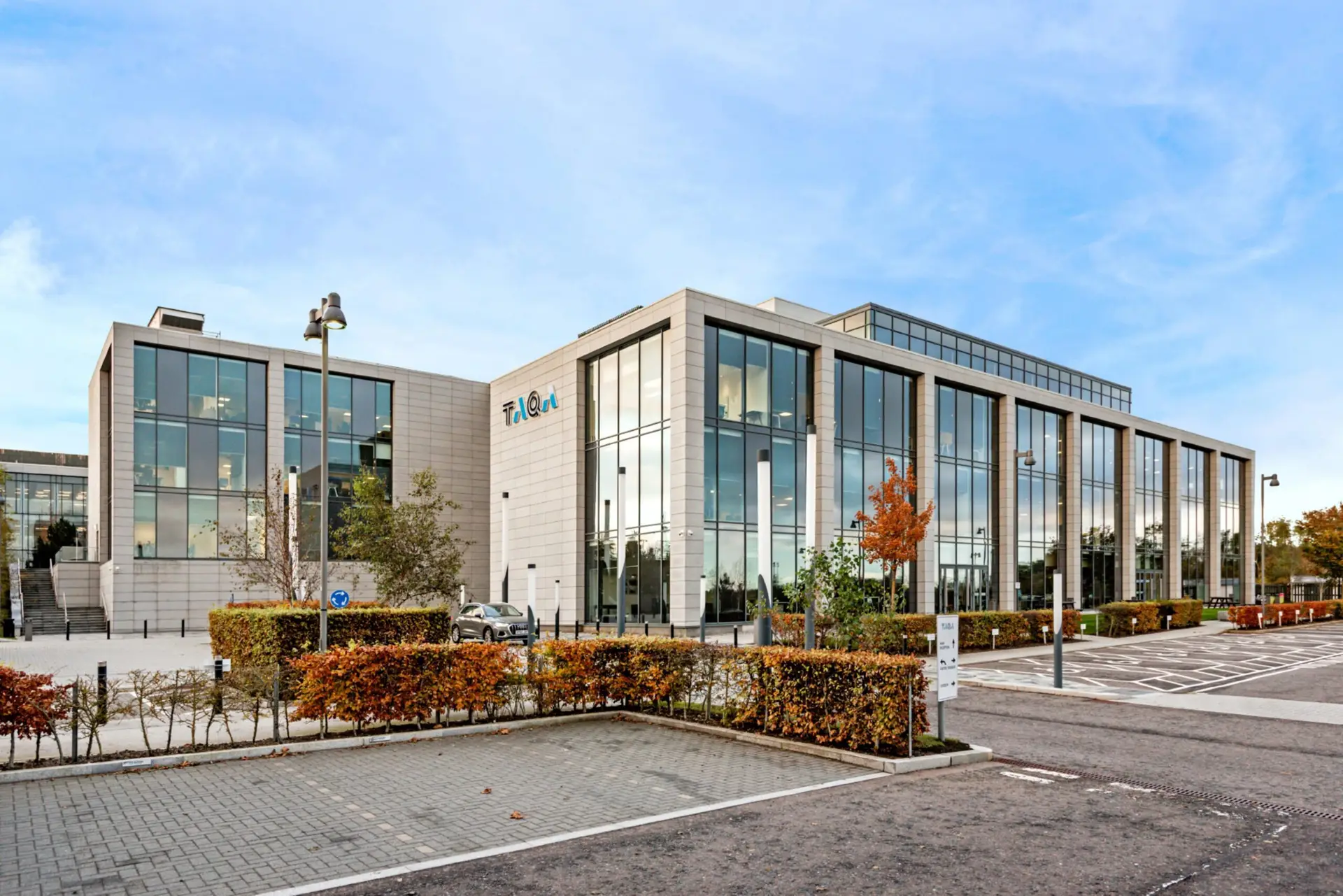
Over the past year, the crypto industry has attracted users on an exponential scale, with monthly active addresses tripling from 70 million in 2023 to over 220 million in 2024. With over 300 chains listed, the ecosystem should be able to cater to the needs of all types of users sustainably. However, in this sprawling landscape, a majority of activity and liquidity is locked within multiple Ethereum Layer 2’s.
In its current state, Ethereum is reminiscent of early 1500s Europe, which experienced breakthroughs like the printing press and advanced shipbuilding that enhanced resource management. Today, Ethereum’s flourishing DeFi ecosystem is equipped with primitives such as lending and borrowing, staking and restaking. However, much like Europe’s challenges with scarce and overutilized resources, Ethereum faces obstacles in making other assets useful in its own home — its Layer 1.
The current blockchain ecosystem thus remains frustratingly fragmented. While chain abstraction has been a trending narrative with many projects making progress, solutions like intents usually involve sequencers that favor large players when filling orders between blockchains, leading to centralization. Furthermore, there is no additional utility created for users as most solutions are focused on simply swapping assets.
Despite impressive technological foundations, we’ve created a landscape where digital assets are constrained rather than empowered. Top blockchain resources such as Ethereum are underutilized and limited by rigid architectural boundaries.
For true interoperability to exist, in 2025, we must take a step back and re-approach blockchain modularity from a fresh perspective.
The illusion of modularity
The common analogy of blockchain as “Lego blocks” oversimplifies a complex technological landscape. Unlike uniform construction pieces, blockchain components are intricate systems with specific dependencies and complex interoperability challenges.
Consider a practical scenario: moving an asset between different blockchain networks should be straightforward. Yet current solutions like basic token swaps offer minimal functionality. The technology demands a more nuanced, sophisticated approach.
Emerging technologies are changing this narrative. General message-passing alternatives and advances in transaction finality are allowing for a more organic, unified ecosystem. The ultimate goal isn’t just connecting disparate parts but creating an infrastructure where different networks can collaborate effortlessly.
2025: The year of utility and accessibility
Looking ahead to 2025, I anticipate a two-pronged approach to address current and future fragmentation issues. In order to appeal to users and build a sustainable user base, the infrastructure should blend into the background so users can focus on the application itself without getting caught up in the technology behind it.
Currently, users are unable to utilize their assets optimally due to complicated bridging solutions which disincentivize users from moving their assets easily across the chains. Instead, we need to provide users with an avenue to maximize their yield while contributing to the ecosystem. This can be achieved by giving freedom to token holders to move their assets from chain to chain without bridging, through solutions like restaking. As restaking expands beyond Ethereum connecting multiple Layer 1 and Layer 2 networks, this is a growing area of interest for users.
Instead of fragmenting the ecosystem with new, competing blockchains, projects will focus on enhancing and interconnecting existing infrastructure. This approach will breathe new life into currently dormant chains, driving activity and creating genuine value.
On top of improvements to the underlying infrastructure, user experience will also take center stage. We’ll see applications that integrate blockchain functionality so seamlessly that users will interact with sophisticated technology without ever recognizing its complexity. The infrastructure will become invisible — a powerful backend that complements fluid frontend experiences without technical friction.
Creating a global marketplace
While 2024 marked significant acceptance of the industry, evidenced by increased investment in assets like bitcoin, true adoption requires an inclusive vision. We should not just build financial instruments, but create a global marketplace where everything talks to everything else, enabling every asset to reach its maximum potential.
The future of blockchain isn’t about individual chains competing for supremacy. It’s about creating a collaborative, fluid infrastructure that enables users access to economic potential, by building the future of how money and value can work.












